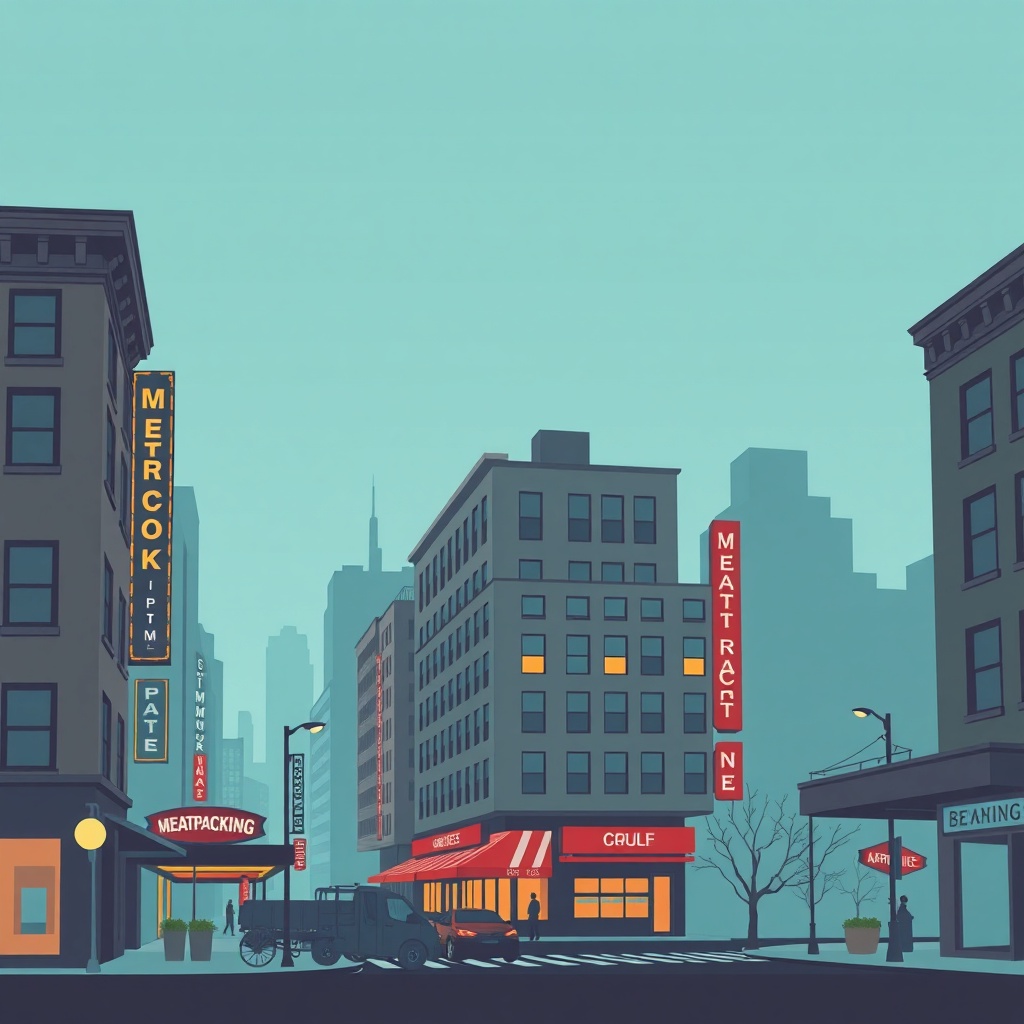Meatpacking District: Where Industrial Grit Meets Modern Cool
Once an industrial hub, the Meatpacking District has transformed into one of the city’s most dynamic neighborhoods—balancing preserved industrial character with cutting-edge retail, dining, and cultural attractions.
Cobblestone streets and brick warehouse facades give the area a unique texture that feels both historic and intentionally curated for contemporary life.
What to see and do
– Wander the High Line: This elevated linear park runs along the neighborhood’s edge, offering green views, public art, and a new vantage point on the city’s architecture. It’s an ideal starting point for a walking tour.
– Explore Chelsea Market: A converted factory turned indoor market, Chelsea Market is a must for food lovers. Expect artisanal vendors, specialty grocery shops, and casual eateries that showcase global flavors and local producers.
– Visit contemporary art spaces: The area houses notable museums and galleries that spotlight American and international artists. Gallery hopping rewards visitors with cutting-edge exhibitions and intimate showrooms.
– Shop thoughtfully: The Meatpacking District mixes high-end flagship stores, independent concept shops, and curated vintage boutiques. Storefronts often blend industrial design with sleek glass facades, making shopping a visual experience as much as a retail one.
– Nightlife and rooftops: When the sun sets, the neighborhood activates with rooftop bars, chic lounges, and intimate live-music venues.
Dress codes can be smart-casual at many spots, and the area draws a fashionable crowd.
Design, preservation, and sustainability
Adaptive reuse is the neighborhood’s defining feature: former slaughterhouses and packing plants were repurposed as offices, retail showrooms, and residences while retaining historic bones. This approach preserves the visual identity of the district while accommodating contemporary urban needs.
Newer developments tend to emphasize sustainable design, incorporating energy-efficient systems, green roofs, and improved public realm amenities.
Food and dining highlights
Dining options range from buzzy fine-dining restaurants to neighborhood bistros and late-night eateries. Culinary offerings reflect global influences alongside American classics, with an emphasis on seasonal ingredients and chef-driven concepts. For a relaxed experience, sample small plates at a wine bar or grab a quick bite at a market stall; for special occasions, reserve a table at a destination restaurant.

Getting there and getting around
The neighborhood is highly walkable and connects easily to surrounding areas. Many visitors combine a High Line stroll with time at Chelsea Market or a museum visit.
Shared mobility options—including bike-share and rideshare—are plentiful, and several transit stops are within a short walk. Plan visits during off-peak hours for a more relaxed experience, and wear comfortable shoes for cobblestone surfaces.
Practical tips
– Visit early or late in the day to avoid peak crowds at popular spots.
– Wear comfortable footwear for uneven streets and cobblestones.
– Bring a camera; the contrast of historic industrial textures and modern glass makes for striking photos.
– Check gallery and museum hours before heading out, as schedules can vary.
Why it matters
The Meatpacking District demonstrates how urban neighborhoods can evolve without losing character. By blending preservation with innovation—creative offices, culinary experimentation, cultural venues, and public green space—it remains a vibrant microcosm of urban renewal. Whether exploring art, sampling food, shopping, or just enjoying the streetscape, the district offers a compact but layered city experience that rewards slow exploration.